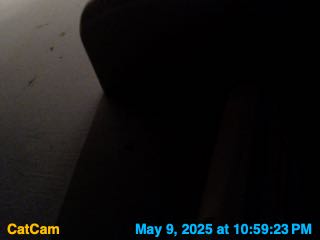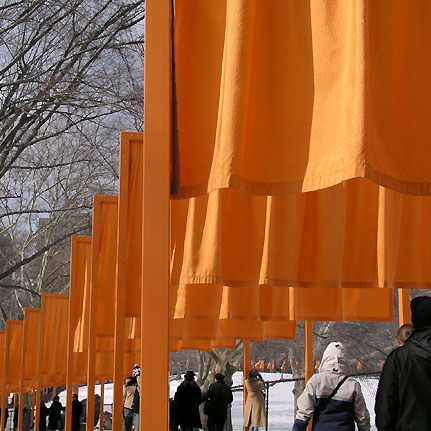NPR has an interesting piece “‘How Creativity Works’: It’s All In Your Imagination” with neuroscientist Jonah Lehrer and Robert Siegel.
Interesting stuff and the audio version is a good time too. What happens when you hit the wall and how to get around the wall.
Great line: “get the brain out of its harness”.
On originality (or not) – is noticing (and borrowing and reusing) what other people have done central to creativity?
I think it’s a way the brain can actually help illuminate the essence of creativity. The brain is just an endless knot of connections and a creative thought is simply two cells, a network that’s connecting itself in a new way. — Jonah Lehrer
Here’s an excerpt from the book:
The constant need for insights has shaped the creative process. In fact, these radical breakthroughs are so valuable that we’ve invented traditions and rituals that increase the probability of an epiphany, making us more likely to hear those remote associations coming from the right hemisphere [of the brain]. Just look at poets, who often rely on literary forms with strict requirements, such as haikus and sonnets. At firt glance, this writing method makes little sense, since the creative act then becomes more difficult. Instead of composing freely, poets frustrate themselves with structural constraints.
But that’s precisely the point. Unless poets are stumped by the form, unless they are forced to look beyond the obvious associations, they’ll never invent an original line. They’ll be stuck with clichés and conventions, with predictable adjectives and boring verbs. And this is why poetic forms are so important. When a poet needs to find a rhyming word with exactly three syllables or an adjective that fits the iambic scheme, he ends up uncovering all sorts of unexpected connections; the difficulty of the task accelerates the insight process.
Imagine: How Creativity Works, Jonah Lehrer


